After lengthy experimentation at home, Péter Botos founded his workshop in 1989, as he and some of his colleagues started making high-precision optical glass components for optical instruments and industrial tools, while also producing glass trophies on the side. The industrial commissions provided him with a constant technical challenge, but also with the opportunity for intellectual development, allowing him to engage in formal experimentation. This outlined a new direction towards fine art, which he had long been interested in, while at the same time geometric-abstract art and minimalism became a prominent element in his work. He knows, lives and keeps alive the well-known Hungarian tradition, which is marked by the art of Lajos Kassák, Victor Vasarely and László Moholy-Nagy.
He uses cold techniques to work the optical glass for his sculptures. The works are shaped from blocks and slabs, cut into just a few elements, then sanded, polished and glued, repeating the process many times over. His constructions consist of simple, basic geometric shapes. It is through the size of the individual elements, the gluing, the matt, glossy and optical glasses of various colours and refractive indices that he achieves the exuberant internal richness of imagery that ultimately appears in his sculptures. His works can be thought of as geometric baroque sculptures.
He held his first solo exhibition in 2004, at the age of 59, in Hungary’s first glass gallery, entitled A Square Deal. Since then, he has exhibited continuously in Europe and the USA, as well as in China.
For Péter, the use of optical glass means that exterior and interior form, the reflections within the sculptures, the penetrations, the colours and the lights are equally important. He seeks a balance of these in his works, which are concerned with the relationship between directional light, sculptures and their surroundings. Beyond their usual appearance, he uses some sculptures as lenses and prismatic systems.




